The Kerala state government (southern India) said on the evening of September 13 that at least 706 people, including 153 medical workers, were being tested for the Nipah virus.
Two people infected with the virus have died since August 30 in the fourth outbreak in Kerala since 2018. Two adults and one child infected with the virus are currently being treated in hospital.
The first patient was a small banana and areca nut farmer in Kozhikode, Kerala. The village is located near a vast forest that is home to many species of bats, including fruit bats, which tested positive for Nipah in a 2018 virus hunt.
The victim's daughter and brother-in-law have both been infected and are currently in isolation at the hospital. Meanwhile, other family members and neighbors who were in close contact with the victim are being tested to check the extent of the virus.
The second death was not related to the first victim. Initial investigations suggest they had contact at the hospital where they both attended treatment.
"We are focusing on rapidly tracing close contacts of infected people and isolating anyone with symptoms," Kerela state health minister Veena George said.
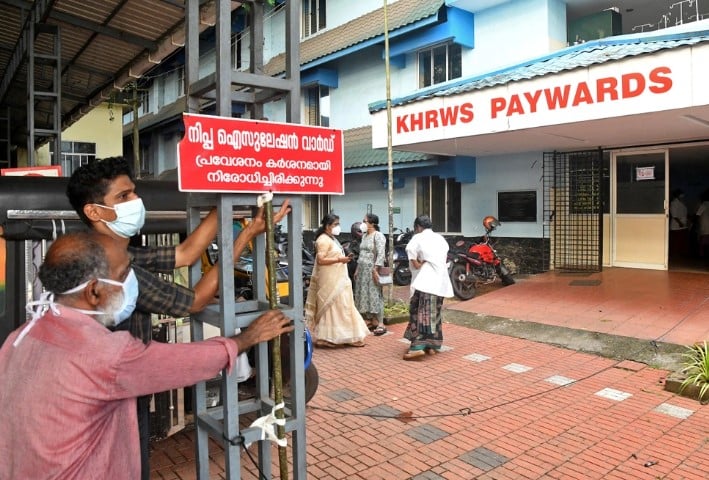
Nipah virus isolation ward at a hospital in Kozhikode district, Kerala state, India (Photo: Reuters).
The Kerala state government has decided to suspend the operations of some schools, offices and public transport and imposed a lockdown in at least eight villages in Kozhikode district in an effort to contain the spread of the virus.
Veena George said public transport has been restricted in some areas of the state to prevent a possible health crisis. At the same time, antiviral drugs and monoclonal antibodies are being used to treat three infected people. Other strict quarantine regulations are also in place. Medical staff who have come into contact with infected people must participate in hospital quarantine.
Neighbouring Tamil Nadu state has issued a notice that visitors from Kerala will be subjected to medical screening and those showing flu symptoms will be quarantined.
Scientists first identified the Nipah virus in 1998 during an outbreak among pig farmers in Malaysia and Singapore, according to Reuters . The outbreak caused significant economic impact as more than 1 million pigs were culled to control the disease.
Although there have been no other outbreaks of Nipah virus in Malaysia and Singapore since 1999, cases have since been reported almost annually in some parts of Asia – mainly Bangladesh and India.
In a statement in 2020, the US Centers for Disease Control and Prevention (CDC) explained that Nipah virus is a virus that is transmitted from animals to humans. The host of Nipah virus is fruit bats (genus Pteropus), also known as flying foxes.
The virus can be transmitted directly to humans through contact with bodily fluids of infected bats and pigs. Other cases of human-to-human transmission have been documented.
To date, there is no vaccine to prevent or cure the virus once infected. The disease has a mortality rate of about 70%. Treatment is usually supportive care to treat symptoms.
The World Health Organization (WHO) says that early symptoms include fever, respiratory distress, headache and vomiting. Encephalitis and seizures can also occur in severe cases, leading to coma within 24 to 48 hours.
WHO lists Nipah virus as a research and development pathogen with pandemic potential.
Before the cases in India this week, Nipah had been in three outbreaks. The first outbreak in 1998 in Malaysia and Singapore killed more than 100 people and infected nearly 300. Since then, Nipah has spread thousands of miles, with a fatality rate ranging from 72 to 86 percent.
A second outbreak occurred in 2001 in India and Bangladesh, killing 62 of the 91 people infected. In 2018, an outbreak in Kerala killed 21 people. A Reuters investigation in May found Kerala to be among the places globally at highest risk of bat virus outbreaks.
Based on experience in previous outbreaks, regular and thorough cleaning and disinfection of pig farms with appropriate detergents can be effective in preventing disease.
In the event of an animal outbreak, WHO recommends that production facilities destroy infected animals and strictly control the incineration or burial of animal carcasses to reduce the risk of transmission to humans.
In the absence of a specific vaccine for Nipah virus, raising awareness of risk factors and prevention measures is a priority. To avoid transmission through fruit and vegetables contaminated with bat bodily fluids, wash and peel them before eating. Any fruit that shows signs of bat feeding should be discarded.
Minh Hoa (according to Tin Tuc Newspaper, Dan Tri)
Source




![[Photo] Magical moment of double five-colored clouds on Ba Den mountain on the day of the Buddha's relic procession](https://vphoto.vietnam.vn/thumb/1200x675/vietnam/resource/IMAGE/2025/5/9/7a710556965c413397f9e38ac9708d2f)
![[Photo] Prime Minister Pham Minh Chinh chairs a special Government meeting on the arrangement of administrative units at all levels.](https://vphoto.vietnam.vn/thumb/1200x675/vietnam/resource/IMAGE/2025/5/9/6a22e6a997424870abfb39817bb9bb6c)
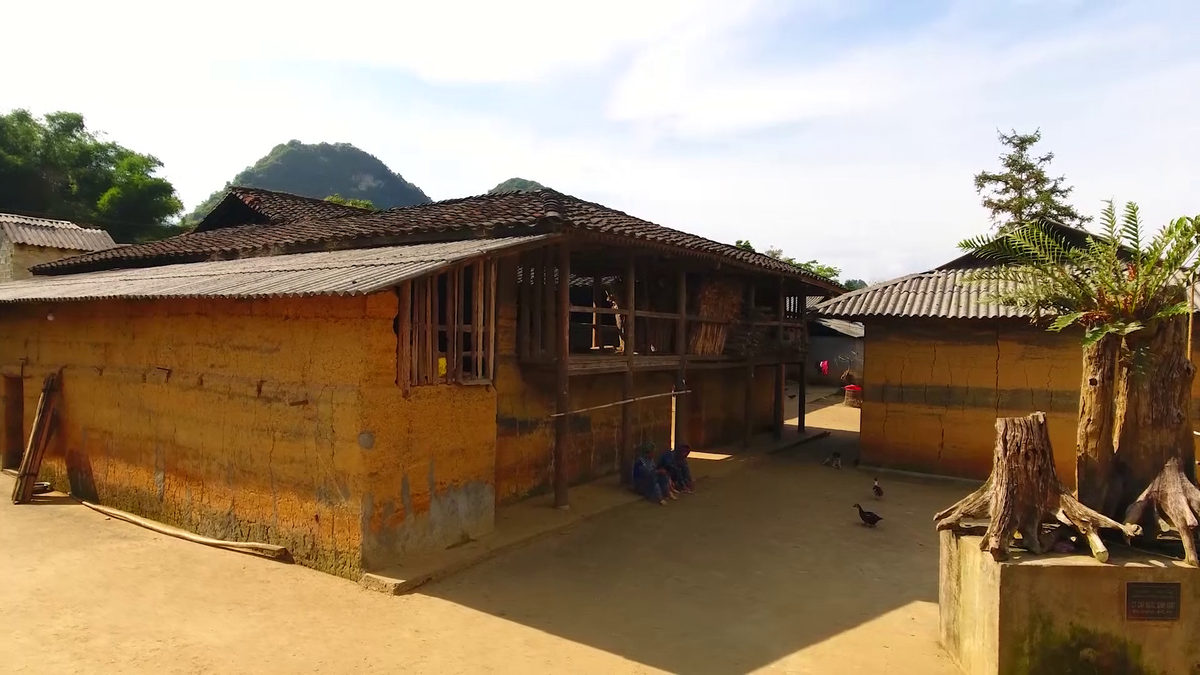










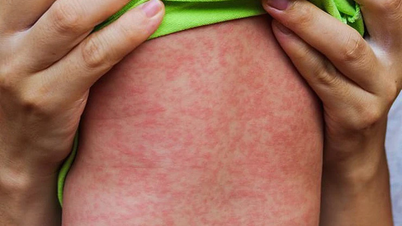




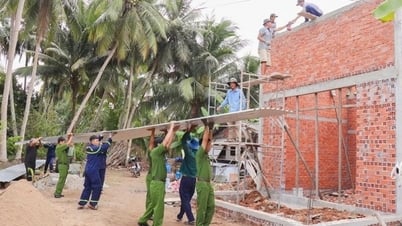

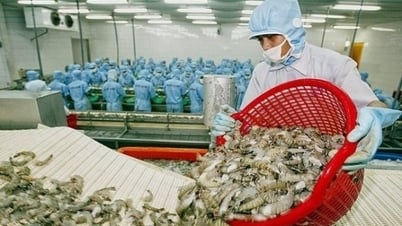











































































Comment (0)